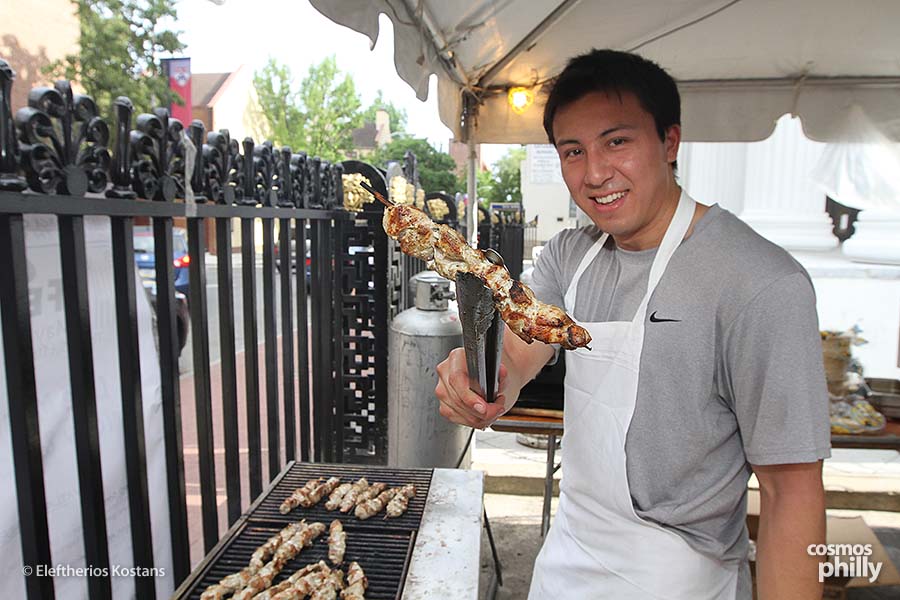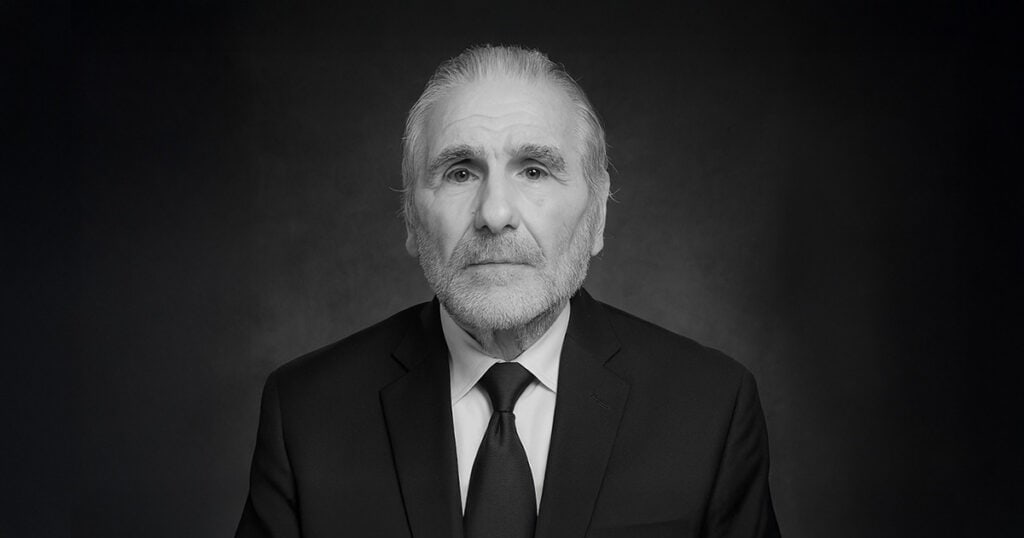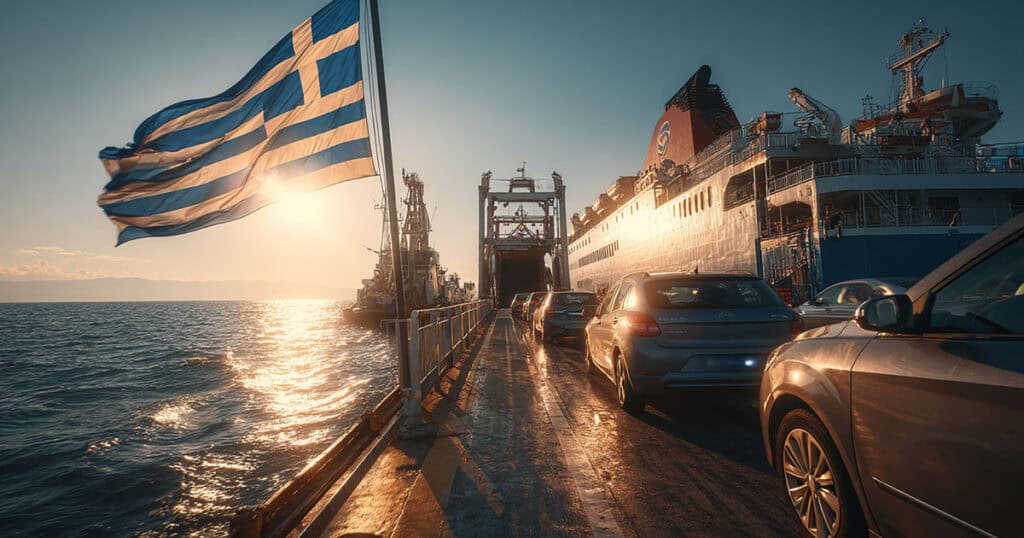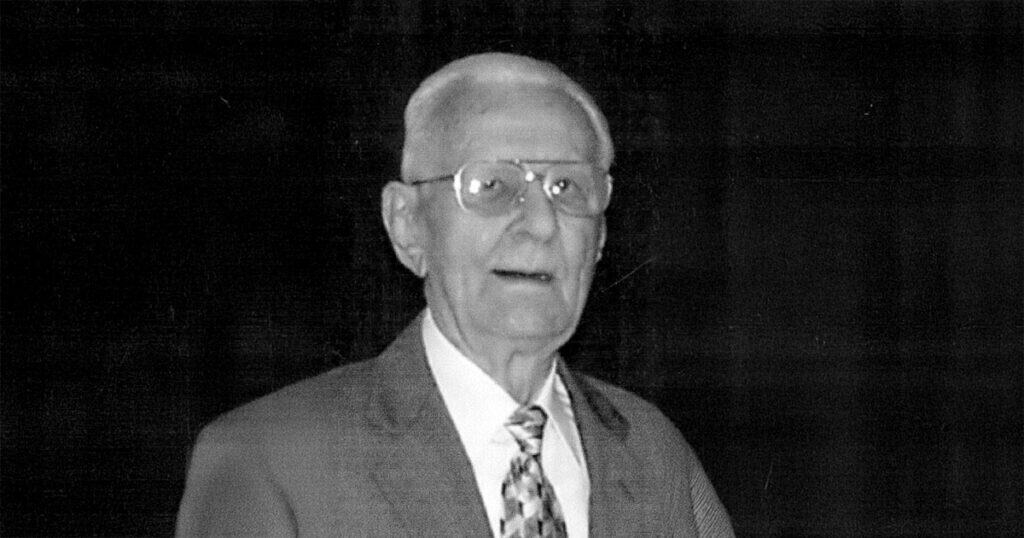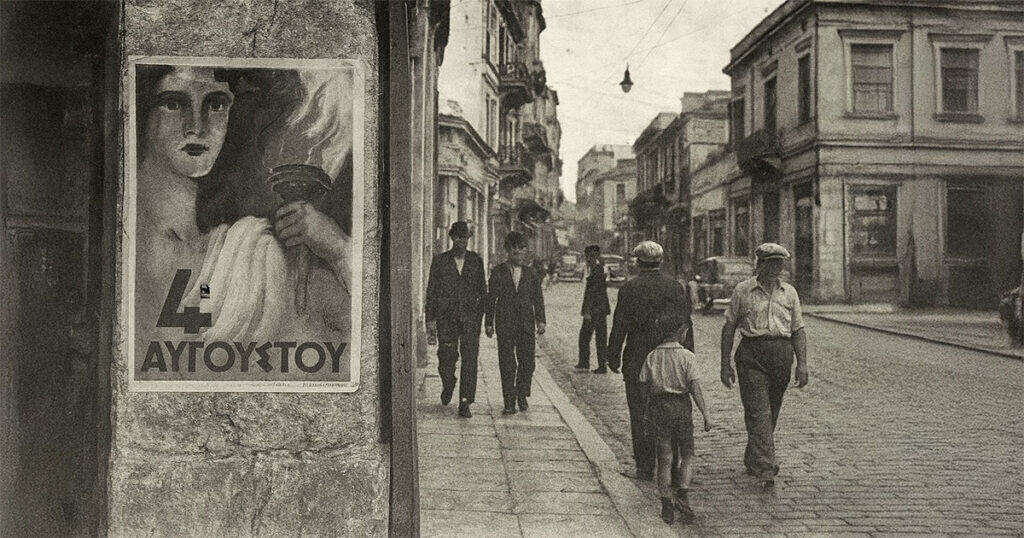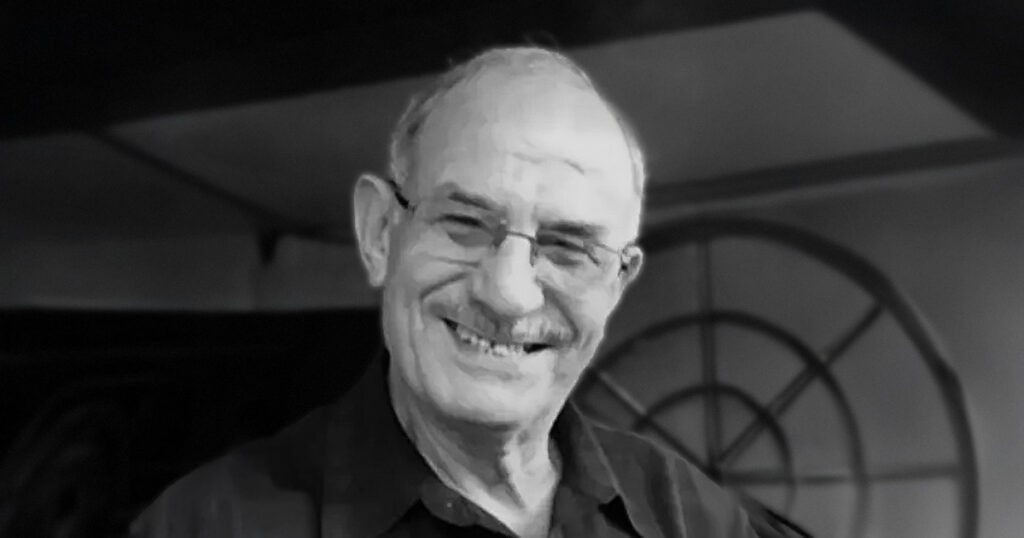Before Chester became synonymous with urban decay, gambling, and soccer, our southern sister was a bustling working class city, home to thriving factories and restaurants.
Much like Camden, Chester’s shipping and manufacturing left in the mid 20th Century. The city’s population dramatically declined leaving behind an unsustainable infrastructure, poverty, and crime.
Enrolled in Pennsylvania’s Keystone Opportunity Zone program which trades tax incentives for investment, small strides have been made at improving the city’s quality of life. With its most notable changes coming from Harrah’s Casino and the Philadelphia Union soccer stadium, daily life in Chester remains largely unimproved.
Despite its deplorable reputation, Chester’s unique history goes beyond the early 20th Century factories that helped dub Philadelphia The Workshop of the World. It has one significance that, while some may find it neither historic nor significant, is nevertheless interesting and likely unexpected.

Hollywood
At the corner of 9th Street and Morton Avenue in downtown Chester once stood the Rialto Restaurant. Opened in the late 1800s by Antonios and Stella Anastasakis, later operated by George, Helen and Dimitrios Morakis, the Rialto remained open until the mid-1960s.
So why am I talking about some little diner amid the gritty streets of Chester? Because the Greek immigrants that opened the Rialto were the parents of John Anastasakis, who later changed his name to John Aniston when he portrayed Victor Kiriakis on Days of Our Lives.

Jennifer Aniston
The grandparents of America’s Sweetheart, Jennifer Aniston, once toiled away on homemade filo dough and baklava at what is now the site of an unassuming, abandoned gas station in Chester, PA.
Now, Philadelphians can be ruthlessly snobby when it comes to our history, so I understand if you won’t join me in my quest for landing a historic marker at 9th and Morton.
Still, whether the Anastasakis family history is significant to Philadelphia, it’s certainly notable. In fact, just six months ago entertainment sites were buzzing with the rumor that Jennifer Aniston and Justin Theroux might be tying the not at St. George Greek Orthodox Cathedral in Media, PA. Her grandmother Stella was a member of the congregation, and in the 1990s, Jennifer Aniston donated $25,000 to the church.
Although a far fetched idea, it’s fun to imagine the Wedding of the Century, one likely to make the press coverage at the Royal Wedding look like a local weather report, actually taking place in Media, PA. I mean can you imagine?
Of course, I’m not going to dump a bunch of Hollywood Hogwash on you without reminding you why you read PhillyBricks: tedious history.
Despite the city’s namesake, Philadelphia’s Greek presence is as unassuming, perhaps even as forgotten as the Rialto Restaurant. In a city still thriving with cultural enclaves like Chinatown, The Italian Market, even the Gayborhood, Philadelphia once had an equally influential Greektown.
Greektowns aren’t as uncommon as you might think. Chicago, Detroit, and Baltimore all host one and Queens’ Astoria neighborhood is still largely comprised of Greek restaurants, grocery stores, and nightclubs.
Until the late 70s and early 80s, Washington Square’s 8th, 9th, and 10th Streets were still commonly known as Philadelphia’s Greektown.
At the time the city’s Greek community was embroiled in a battle with the city’s redevelopment office. In 1986, St. George’s sued the Redevelopment Commission that had just granted Sen. Fumo redevelopment rights over an adjacent building, a building the church had intended to use as a residence.
The neighborhood was a far cry from the posh, Colonial recreation that it is today, and the redevelopment that had transformed Society Hill into what we now see was pushing its way into Greektown.
Similar to the civic developments that boxed in Chinatown, Greektown’s long-standing community was being surrounded by a growing Jefferson Hospital and a Society Hill gentrification strategy that dated all the way back to Mayor Richardson Dilworth.
A neighborhood that once thrived with ethnic grocery stores and markets, immigrants filled coffee houses, barber shops, and small pool rooms. The city’s long gone Hellenic Center flew in newspapers from Athens while the Stephano Brothers would carry in other Greek language papers arriving at Broad Street Station from New York City.
Throughout the litigation and gentrification, most of the neighborhood’s Greek residents either left or assimilated, leaving behind but a small legacy. Our ethnic neighborhoods continue to battle redevelopment efforts, one we, unfortunately, lost in Greektown.
The Athenagoras Manor at 9th and Locust and St. George Cathedral on 8th Street remain, but as an ethnic neighborhood, Greektown is unrecognizable. With much of Philadelphia’s Greek community relocating to Upper Darby and Media throughout the neighborhood’s transformation, St. George’s is the only Greek Orthodox Church that remains in the city.
A few Greek restaurants maintain a presence in the vicinity, though likely coincidental. Kanella’s is at 10th and Spruce, Effie’s on Pine Street, and South Street Souvlaki a short walk away.
St. George’s still hosts a yearly Greek Festival which, Greek or not, I highly recommend. You’ll eat well, you’ll get drunk, and you’ll dance like you never thought possible.
And next time you’re passing through Philadelphia’s Greektown, look down its narrow streets, into its small markets and coffee shops, corner pubs, and picture sidewalks filled with lively political conversations you don’t quite understand, late night shots of ouzo, and outlandish wedding parties pouring out of St. George’s Cathedral, another time and place not so long ago.
Reposted from Philly Bricks.
